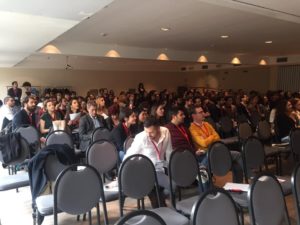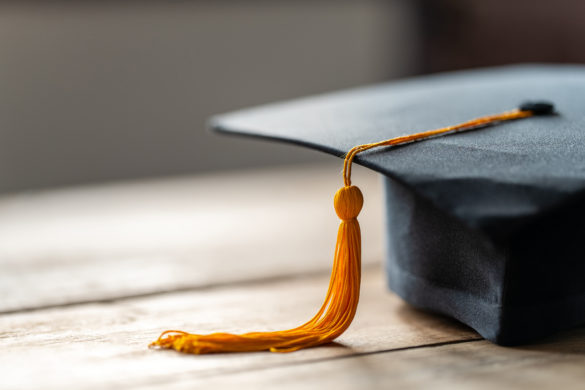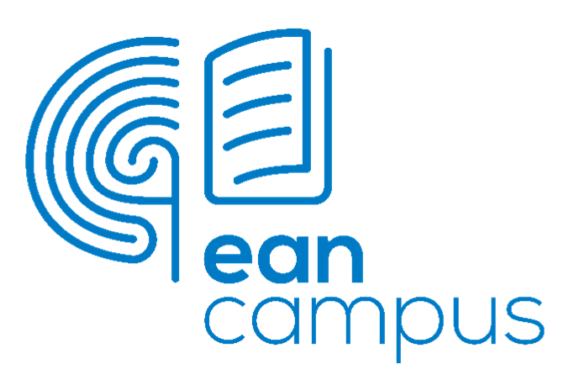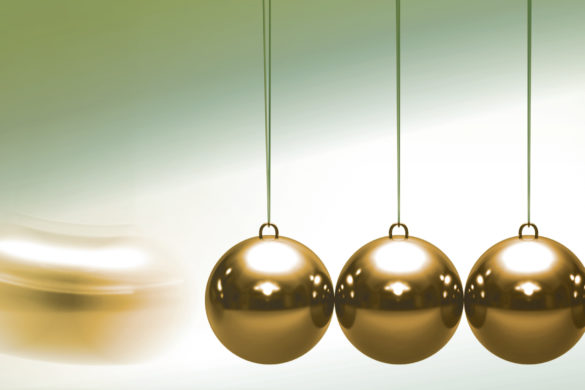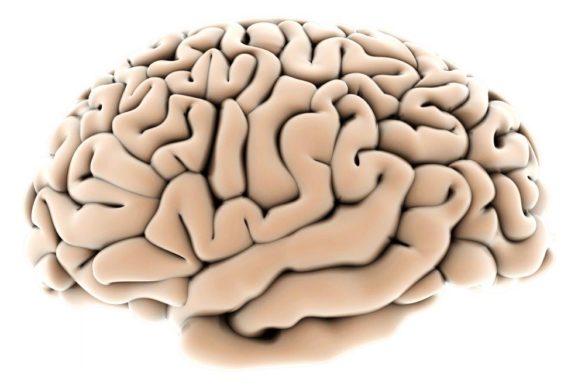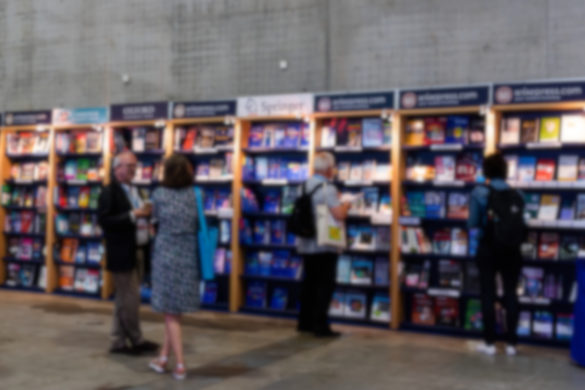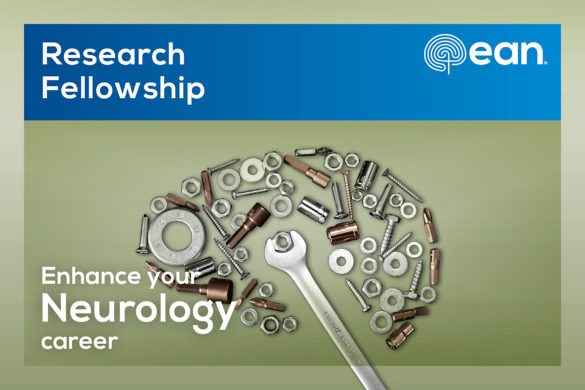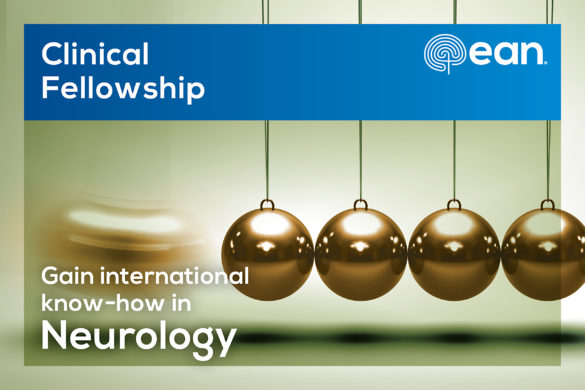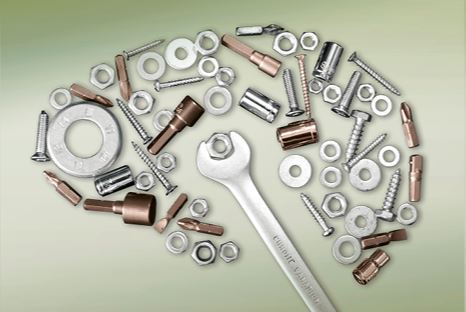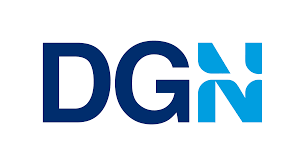Now in its third edition, the national conference of Italian young neurologists is one of the cornerstones of the congressional calendar for Italian residents in Neurology.
As subsequently confirmed by the results of the satisfaction questionnaire completed at the end of the conference, the congress was particularly appreciated by the attendants, not only for the scientific value but also for the great “social” and networking potential of the meeting.
Following the structure of the previous year, this edition also focused on four important chapters of clinical neurology, such as headaches, stroke, movement disorders and myopathies. And, again like last year, also this time there has been plenty of space for the active scientific participation of young people, entrusting them with the role of:
- “young moderator” of the various sessions, alongside a senior one
- speaker in the Round Up, a report held by young neurologists dedicated above all to research, concerning the most important news of the last 12 months in the various topics of the conference
- Speaker in the discussion of an interactive clinical case.
Furthermore, for each of the topics dealt with, two important scientific figures on the national scene were invited to discuss “Hot Topic” focusing the attention of residents on important aspects of the clinical management of various neurological disorders. A formula that has worked, and that continues to work, showing a very interesting cross-talk between seniors and juniors, moving between guidelines and future perspectives, with the watchful eye of the different actors of professional training.
Among the most important topics, about headache disorders huge relevance has been given to the very recent introduction into the market of revolutionary monoclonal antibodies directed against the CGRP molecule (which was seen to play a crucial role in the genesis of migraine disorders) and the revision of classification criteria.
Moreover, the session about Stroke has been shown to be the most discussed in all the meeting: in recent years the recognition of mechanical thrombectomy and the refinement of early diagnostic techniques are giving a new life to the concept of the Stroke, a pathology perhaps neglected or little considered by neurologists old generation. The discussion that arose went on beyond the deadlines, seeing numerous interventions both by specialists and experts in the field. We had the honour of hosting Dr Zini from Modena, one of the few neurologists in Italy who works as a Neuro-Interventionist alongside Radiologists for the endovascular treatment of neurological emergencies. His experience has illuminated the eyes of young people, providing new professional horizons associated with the management of this disease.
As tradition for our meetings, we also ran the fourth edition of the “Neurogames”, a quiz about clinical and scientific issues of the world of Neurology. The prize for the winning team have been three registration to the next EAN Congress in Oslo.
Crucially for the aim of the society, there were many social times: on Friday night it took place a party, animated by a DJ, which gave young people the chance to meet each other while having fun.
And just after the ending of the scientific committee a public assembly saw the participation of many residents interested in the several activities of the society and especially was also presided by the President of the Italian Society of Neurology (SIN) that discussed directly with us about important topic regarding the future of neurology and neurologists in Italy and in Europe.
by Francesco Di Lorenzo and Francesco Iodice, RRFS national representatives, Italy

